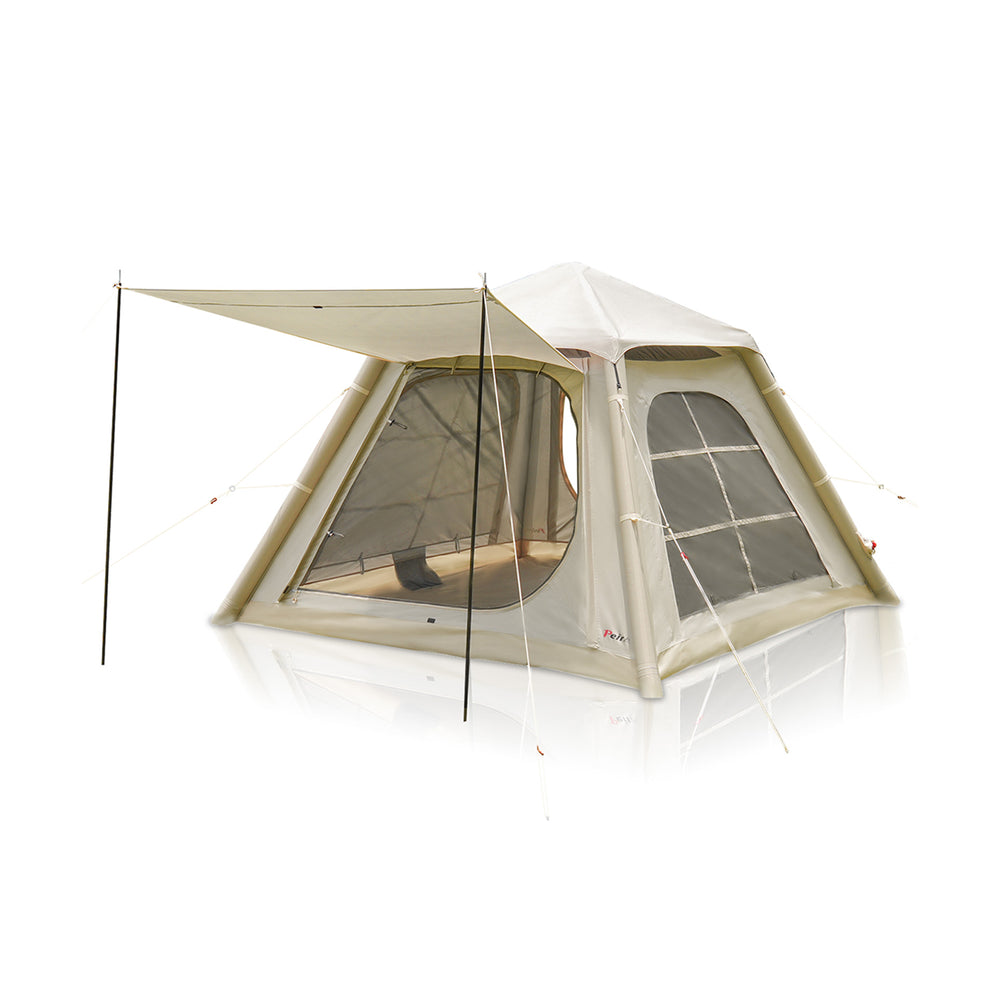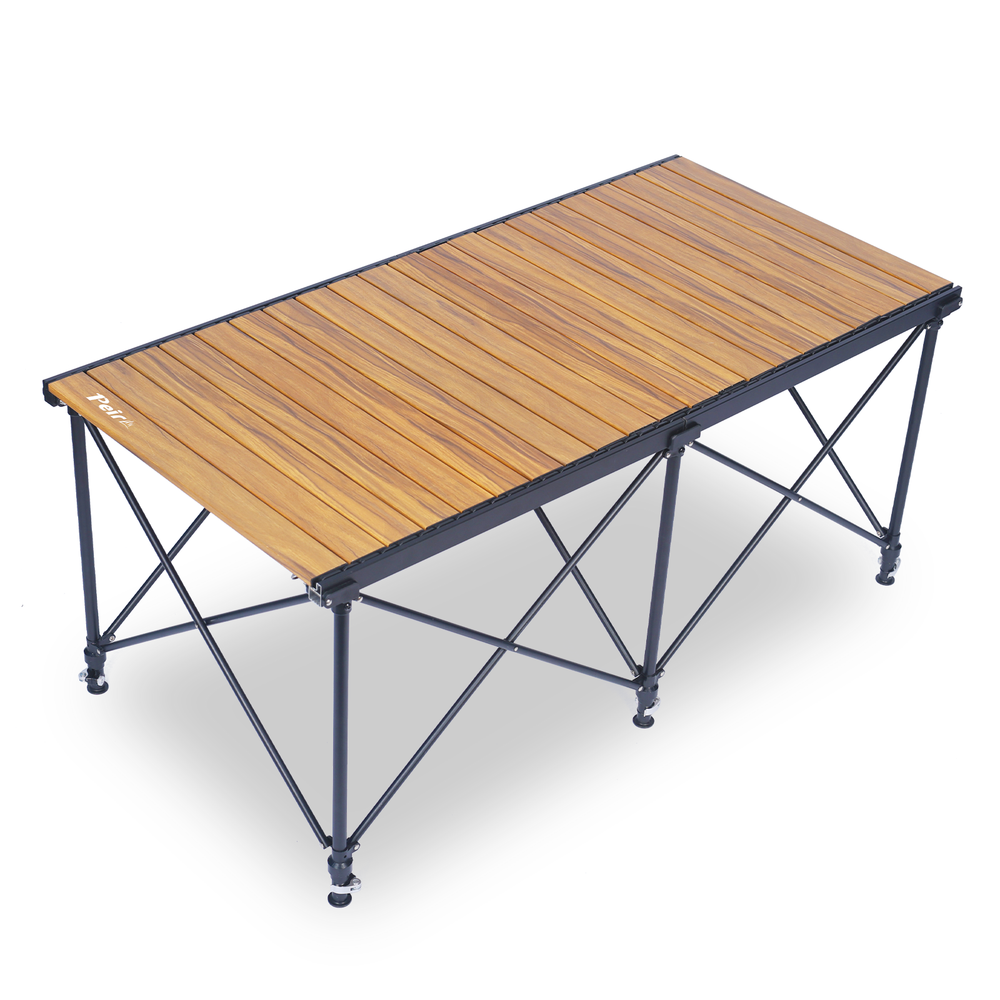When I first heard about inflatable tents, I'll admit—I was a skeptic. Like many seasoned campers, I’ve relied on traditional pole tents for years. There's something nostalgic about the clatter of metal poles and the time-consuming assembly at campsites. But after using my first inflatable tent, I became a convert. Here’s why I think these modern marvels are revolutionizing camping and outdoor living.
Quick Setup: Convenience is King
Traditional tents can take upwards of 20 minutes to set up, especially if you're battling wind or racing daylight. Inflatable tents, on the other hand, can be erected in a fraction of the time—usually just a few minutes using a hand or electric pump. On my last trip, I had my tent ready while my friends were still fumbling with poles. It gave me time to relax and actually enjoy the sunset, instead of stressing over bent poles or misplaced stakes.
But let’s get real—convenience isn’t just about time. Inflatable tents reduce the physical strain of pitching camp, making them perfect for families or solo travelers like myself who’d rather save energy for a hike, fishing, or just lounging under the stars.
Durable and Reliable: A Common Misconception
I know what you might be thinking. Aren’t inflatable tents just big, fragile air balloons that can puncture easily? This was my biggest concern. But modern inflatable tents use rugged, puncture-resistant materials that have been tested in extreme weather conditions. I’ve had my tent withstand winds strong enough to rattle even the hardiest of gear.
That said, carrying a small repair kit is wise—much like bringing extra poles or stakes for traditional tents. It’s a backup, not a sign of fragility.
More Space, Less Bulk
One of the standout features of inflatable tents is the interior space. Since they don’t rely on rigid poles, manufacturers have more freedom to design spacious interiors with higher ceilings and more headroom. On a recent trip, my inflatable “home” felt more like a cabin than a tent—perfect for group camping trips or if you want to truly glamp.
Despite this spaciousness, these tents pack down surprisingly small. I’ve found that they often weigh less than traditional pole-based tents of comparable size. This portability makes them ideal for those impromptu weekend getaways where every inch of car space counts.
A Word on Glamping
Speaking of glamping, inflatable tents have carved out a special place in this market. They lend themselves well to more luxurious setups, featuring amenities like built-in ground sheets, multiple rooms, and even transparent panels for stargazing. While I’m still a rough-it-out kind of camper most of the time, it’s nice to know that if I want a touch of luxury, my tent can handle it.
My Experience and Final Thoughts
I remember one particular evening last fall when an unexpected storm rolled in. Rain pounded our campsite relentlessly. The wind howled, and I braced myself for the worst. To my surprise, my inflatable tent didn’t just hold its own; it barely flinched. Meanwhile, a neighbor’s traditional tent buckled under the pressure. This experience convinced me that inflatable tents aren’t a gimmick—they’re a serious piece of outdoor gear with real advantages.
Inflatable tents aren’t perfect, of course. They can be pricier, and in rare cases, you might find one that’s harder to pump manually. But for me, the pros far outweigh these minor inconveniences.If you’re considering upgrading your camping experience, I’d say give inflatable tents a try. They might just change how you look at outdoor adventures forever.
FAQs About Inflatable Tents
1. Are inflatable tents durable?
Yes, most inflatable tents are made with high-quality, puncture-resistant materials designed to withstand harsh weather conditions. Proper care, such as cleaning the tent and avoiding sharp objects, helps ensure longevity.
2. How long does it take to set up an inflatable tent?
On average, it takes 5-10 minutes to set up an inflatable tent using a pump. This is much faster than traditional pole tents, making setup and takedown much more convenient.
3. What happens if the air tubes puncture?
Inflatable tents come with repair kits to patch up small punctures. The air tubes are also typically segmented, meaning a single puncture won’t cause the entire structure to collapse.
4. Do I need a special pump for an inflatable tent?
Most inflatable tents come with their own hand or electric pump. However, you can also use compatible pumps as long as they fit the valve size specified by the tent manufacturer.
6. Do inflatable tents weigh more than traditional tents?
Inflatable tents can sometimes be lighter because they don’t require heavy metal poles. Their packed-down size also tends to be compact, making them easy to transport.
7. Can I use an inflatable tent for winter camping?
Some inflatable tents are suitable for winter conditions, offering insulation and wind resistance. Make sure to check if the tent is rated for cold weather use before embarking on a winter trip.












 Peirhw Inflatable House Tent - Starry Night Love
Peirhw Inflatable House Tent - Starry Night Love
 Peirhw Glamping Tents - Friendship Castle
Peirhw Glamping Tents - Friendship Castle
 Peirhw Inflatable Canopy Tent - Adventurer
Peirhw Inflatable Canopy Tent - Adventurer



 Peirhw Portable Air Conditioner
Peirhw Portable Air Conditioner
 【Advance Sale】Peirhw Portable Power Station 2400W
【Advance Sale】Peirhw Portable Power Station 2400W
 【Advance Sale】Peirhw Portable Power Station 600W
【Advance Sale】Peirhw Portable Power Station 600W





 Peirhw Self Inflating Sleeping Pad
Peirhw Self Inflating Sleeping Pad
 Peirhw Air Mattress (8" Queen Type)
Peirhw Air Mattress (8" Queen Type)
 Peirhw Camping Sleeping Bag
Peirhw Camping Sleeping Bag


 Peirhw Butterfly-shaped Canopy for Camping
Peirhw Butterfly-shaped Canopy for Camping
 Peirhw Camping Waterproof Canopy (Cannot be Purchased Separately)
Peirhw Camping Waterproof Canopy (Cannot be Purchased Separately)


 Peirhw Outdoor Folding Chairs
Peirhw Outdoor Folding Chairs
 Peirhw Folding Camping Table
Peirhw Folding Camping Table












